Best Time to Visit Kashmir: Kashmir, often described as “Paradise on Earth,” is a breathtaking region embraced by the majestic Himalayas and rolling valleys. Its spellbinding landscapes, rich culture, and charming hospitality attract travelers seeking serenity, adventure, and unforgettable memories in every season.
Choosing the best time to visit Kashmir transforms a simple trip into an extraordinary experience. Spring and summer unveil vibrant flowers, pleasant temperatures, and lively festivals, while winter reveals snowy wonderlands perfect for skiing and romantic escapes. Kashmir is truly magical all year and promises something special for every visitor.
Kashmir Climate and Seasonal Overview
Kashmir experiences four distinct seasons, each painting the valley in different colors and offering unique experiences that cater to varied traveler preferences. The region’s climate ranges from pleasant summers and colorful autumns to snowy winters and blooming springs, with temperatures varying dramatically between seasons. Planning your travel to Kashmir requires understanding these seasonal characteristics to match your comfort levels and desired activities with the most appropriate visiting period.
The valley experiences the following seasonal patterns:
- Spring (March to May): Temperatures range from 10°C to 25°C with blooming gardens, flowing waterfalls, and pleasant weather perfect for sightseeing and photography.
- Summer (June to August): Mild temperatures between 15°C to 30°C make Kashmir a popular escape from the scorching Indian plains, though monsoon brings moderate rainfall.
- Autumn (September to November): Cool temperatures from 10°C to 20°C showcase golden Chinar trees and clear skies, creating picture-perfect landscapes.
- Winter (December to February): Cold temperatures ranging from -2°C to 10°C transform Kashmir into a winter wonderland with heavy snowfall and skiing opportunities.
The peak tourist season in Kashmir occurs during summer months (May to August) when families escape the heat and during winter (December to February) when snow enthusiasts flock to ski resorts. Spring and autumn represent shoulder seasons with moderate tourist traffic, offering better rates and less crowded attractions. The period from late November to early March sees reduced tourism in certain areas due to harsh weather, though winter sports destinations remain popular.
Also Read: How to Reach Kashmir (Full Guide) – By Air, Train & Road
Monthly Climate Data for Kashmir
| Month | Average Temperature (°C) | Rainfall (mm) | Humidity (%) | Season Type |
|---|---|---|---|---|
| January | -2 to 7 | 60-80 (snow) | 65-75 | Winter/Snow Season |
| February | 0 to 9 | 80-120 (snow) | 60-70 | Winter/Snow Season |
| March | 4 to 15 | 100-150 | 55-65 | Spring Beginning |
| April | 9 to 20 | 90-120 | 50-60 | Spring Peak |
| May | 13 to 25 | 60-80 | 50-60 | Late Spring/Early Summer |
| June | 16 to 30 | 40-60 | 55-65 | Summer Peak |
| July | 18 to 30 | 60-80 | 60-70 | Summer/Monsoon |
| August | 17 to 29 | 60-90 | 60-70 | Summer/Monsoon |
| September | 13 to 26 | 40-60 | 55-65 | Autumn Beginning |
| October | 7 to 21 | 30-50 | 50-60 | Autumn Peak |
| November | 2 to 14 | 30-50 | 55-65 | Late Autumn/Early Winter |
| December | -1 to 9 | 50-70 (snow) | 60-70 | Winter Beginning |
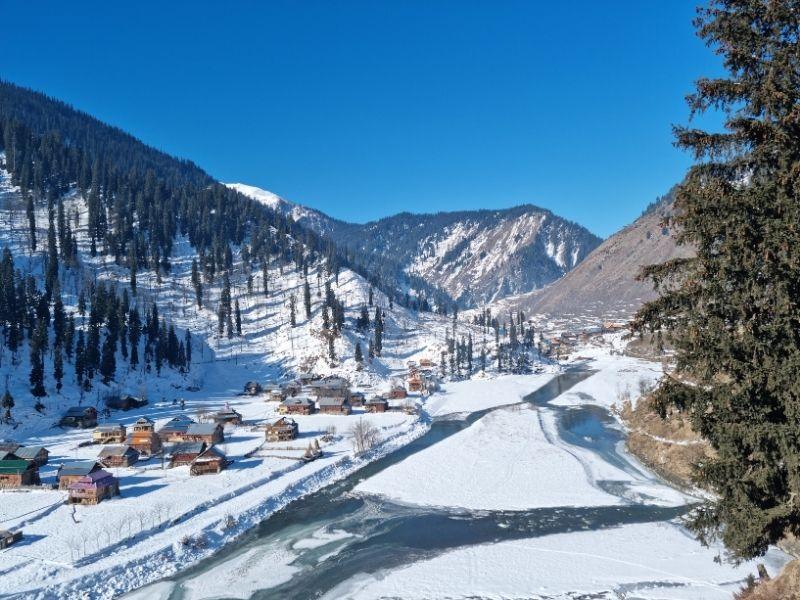
Best Months to Visit Kashmir
Identifying the best time to visit Kashmir depends on your preferences for weather, activities, budget, and crowd tolerance, with each season offering distinct advantages for different traveler profiles. The region presents compelling reasons to visit almost any time of year, though certain months stand out for providing optimal combinations of weather, accessibility, and unique experiences.
April to June represents the most popular period for visiting Kashmir when the weather remains pleasantly warm during the day while nights stay cool and comfortable. This period showcases Kashmir’s famous Mughal gardens in full bloom with tulips, roses, and various flowering plants creating a riot of colors. The snow melts from lower altitudes, making trekking routes accessible and waterfalls flow at their most spectacular. Houseboats on Dal Lake and Nigeen Lake operate at full capacity, offering quintessential Kashmiri experiences. However, this popularity comes with higher accommodation costs and crowded tourist spots, particularly during May and June when schools break for summer vacations.
September to October emerges as another excellent period, especially for photographers and nature lovers who appreciate autumn’s golden palette. The Chinar trees (Oriental Plane) turn brilliant shades of gold and crimson, creating stunning landscapes throughout the valley. The weather remains crisp and clear with minimal rainfall, offering excellent visibility for viewing mountain ranges and enjoying outdoor activities. Tourist crowds thin considerably compared to summer months, allowing for more peaceful experiences at popular attractions. This period provides comfortable temperatures for sightseeing without the intense cold of winter or the heat of peak summer.
December to February caters specifically to winter sports enthusiasts and those dreaming of experiencing Kashmir under a thick blanket of snow. Gulmarg transforms into a world-class skiing destination, attracting both beginners and advanced skiers to its renowned slopes. The entire valley looks like a picture postcard with snow-covered landscapes, frozen lakes, and icicles hanging from traditional Kashmiri houses. However, this period requires proper preparation for extreme cold, potential road closures due to heavy snowfall, and limited accessibility to certain areas. Some attractions close during harsh winter months, and travelers must be flexible with travel plans as weather can disrupt transportation.
Top 5 Months to Visit Kashmir
- May: This month offers the perfect balance of pleasant weather, blooming gardens, and accessible attractions across the valley. The famous Tulip Garden in Srinagar opens during late April or early May, showcasing over 1.5 million tulips in a spectacular display. Temperatures remain comfortable for all activities, and most trekking routes become accessible after winter snow melts. The only downside includes increased tourist traffic and higher accommodation rates during this peak period.
- October: Autumn transforms Kashmir into a photographer’s paradise with golden Chinar leaves, clear blue skies, and perfect lighting conditions. The weather stays pleasant during the day with cool evenings ideal for enjoying Kashmiri Kahwa and local cuisine. Tourist crowds decrease significantly after summer vacation season ends, allowing for more authentic interactions with locals and peaceful experiences at popular spots. The harvest season brings fresh produce to local markets, enhancing culinary experiences.
- April: Spring arrives in full glory during April when nature awakens after winter dormancy, covering meadows with wildflowers and fruit orchards with pink and white blossoms. The weather gradually warms up, making sightseeing comfortable, though some high-altitude areas may still have snow. Saffron fields begin their cultivation cycle, and the valley buzzes with preparation for the tourist season. This shoulder month offers relatively better rates than May while still providing excellent weather.
- September: The transition from summer to autumn brings stable weather with minimal rainfall and pleasant temperatures perfect for exploring Kashmir’s diverse attractions. The monsoon retreats, leaving behind lush green landscapes and clear skies ideal for mountain viewing. Adventure activities like trekking, rafting, and paragliding continue under favorable conditions. The post-summer period sees reduced crowds while maintaining accessibility to all major attractions.
- June: Despite being peak season, June provides the warmest temperatures for travelers who prefer avoiding any cold weather. This month suits families with children on summer vacations and those seeking to escape the scorching heat of Indian plains. All attractions remain fully operational with maximum service providers available. The long daylight hours allow for extended sightseeing and activity schedules. Book accommodations well in advance as this month sees maximum tourist influx.
For comprehensive seasonal guides covering other beautiful destinations across India, explore our detailed Best Time to Visit collection with expert insights and traveler reviews.
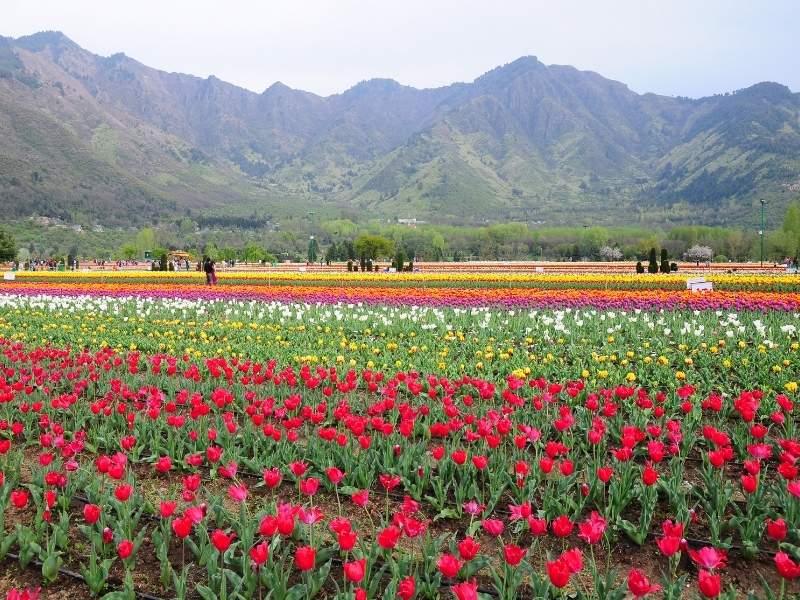
Things to Do in Each Season
The things to do in Kashmir vary dramatically across seasons, with each period offering distinct activities and experiences that showcase different facets of this diverse region.
Spring Season (March to May)
Spring awakens Kashmir with vibrant colors, mild weather, and renewed energy after winter’s dormancy, creating ideal conditions for outdoor exploration and cultural experiences.
- Visit the Indira Gandhi Tulip Garden in Srinagar during late March or early April to witness Asia’s largest tulip garden displaying over 70 varieties in spectacular bloom
- Explore Mughal Gardens including Shalimar Bagh, Nishat Bagh, and Chashme Shahi when fountains operate and flowers carpet the terraced landscapes
- Take Shikara rides on Dal Lake and Nigeen Lake enjoying pleasant weather, visiting floating gardens, and shopping at floating markets
- Trek to alpine meadows like Doodhpathri, Yusmarg, and lower altitude sections of popular trekking routes as snow begins melting
- Experience houseboat stays with comfortable weather allowing you to fully enjoy the unique accommodation on traditional Kashmiri houseboats
- Visit Betaab Valley and Aru Valley near Pahalgam when meadows turn lush green and streams flow energetically with melting snow
- Shop for Pashmina shawls and traditional handicrafts at reasonable rates before peak tourist season drives prices higher
- Taste spring delicacies including fresh morel mushrooms (guchhi) and seasonal vegetables prepared in authentic Kashmiri Wazwan style
- Attend local festivals like Navroz (Kashmiri New Year) celebrated by Kashmiri Pandits with traditional rituals and special meals
Summer Season (June to August)
Summer transforms Kashmir into a cool retreat when the rest of India swelters under intense heat, making it the busiest tourist season despite occasional monsoon showers.
- Go white water rafting on the Lidder River near Pahalgam with thrilling rapids suitable for both beginners and experienced rafters
- Trek to high-altitude destinations including Kashmir Great Lakes, Tarsar Marsar, and Gangabal Lake with all routes fully accessible and weather conducive
- Try adventure sports at Gulmarg including gondola rides to Apharwat Peak, mountain biking, and trekking to alpine lakes
- Experience camping at scenic locations like Sonamarg, Aru Valley, and Doodhpathri under clear summer skies with pleasant temperatures
- Visit Amarnath Cave during the annual pilgrimage (July-August) if you seek spiritual experiences and can manage the challenging trek
- Enjoy river rafting and trout fishing at Pahalgam’s pristine rivers offering relaxing water activities in beautiful surroundings
- Explore Leh-Ladakh via the Srinagar-Leh highway, which opens only during summer months offering one of the world’s most scenic road journeys
- Attend outdoor concerts and cultural programs organized at various tourist locations showcasing Kashmiri music, dance, and cultural heritage
- Savor summer fruits including cherries, plums, and apricots sold fresh in local markets at peak ripeness
Autumn Season (September to November)
Autumn paints Kashmir in golden and crimson hues while maintaining pleasant weather, creating arguably the most photogenic season in the valley.
- Photography expeditions capturing the iconic Chinar trees in their autumn glory at locations like Nishat Bagh, Naseem Bagh, and rural countryside
- Trek to high-altitude lakes including Tarsar Marsar and Gangabal before early snowfall makes routes inaccessible
- Enjoy harvest festivals in rural areas where locals celebrate bringing in crops with traditional music, dance, and community feasts
- Take scenic drives through the countryside and mountain passes with clear visibility offering spectacular views of snow-capped peaks
- Visit apple orchards in areas like Sopore and Shopian during harvest season, tasting fresh apples directly from trees
- Experience Kashmiri weddings if you’re fortunate to receive invitations, as autumn is the preferred wedding season with elaborate celebrations
- Go bird watching at Hokersar Wetland and other water bodies as migratory birds begin arriving for winter
- Shop for dry fruits and saffron harvested during this season, purchasing directly from farmers for authentic quality
- Enjoy evening bonfires at accommodations with cooler temperatures creating perfect conditions for outdoor gatherings
Winter Season (December to February)
Winter transforms Kashmir into a snowy paradise ideal for winter sports enthusiasts and those seeking to experience the valley’s magical snow-covered landscapes.
- Skiing and snowboarding at Gulmarg, which offers some of Asia’s best skiing terrain with powder snow and world-class facilities
- Take the Gulmarg Gondola to Apharwat Peak (13,400 feet) for stunning snow-covered mountain views and skiing opportunities
- Experience staying in snow-covered houseboats on frozen portions of Dal Lake, a unique accommodation experience
- Attend the Gulmarg Winter Festival (usually in January) featuring skiing competitions, snow sculpture contests, and cultural programs
- Enjoy sledging and snow activities at Gulmarg, Pahalgam, and Sonamarg suitable for families and children
- Visit frozen waterfalls at locations like Aharbal and areas around Pahalgam creating spectacular ice formations
- Taste winter specialties including Harissa (a slow-cooked meat dish), hot Kahwa, and traditional breads like Tsot and Tsochvor
- Photography of snow landscapes capturing pristine white scenery, traditional Kashmiri architecture under snow, and daily life in winter
- Shop for winter handicrafts including Kangri (traditional fire pot), embroidered shawls, and woolen garments at local markets
- Experience Chillai Kalan, the 40-day period of harshest winter (late December to late January) for authentic winter conditions
Festivals and Events
Festivals in Kashmir reflect the region’s diverse cultural heritage, blending Islamic traditions with local customs and seasonal celebrations that offer travelers unique cultural insights.
Eid-ul-Fitr and Eid-ul-Adha represent the most significant Islamic festivals celebrated with great fervor across Kashmir. During these occasions, locals dress in traditional attire, visit mosques for special prayers, and prepare elaborate feasts featuring Wazwan dishes. Markets buzz with shoppers buying new clothes, dry fruits, and special ingredients for festive meals. Travelers can observe the festive atmosphere, though many shops and tourist services may close for a day or two. The exact dates vary according to the Islamic lunar calendar, shifting approximately 10-11 days earlier each year.
Tulip Festival (late March to mid-April) at the Indira Gandhi Memorial Tulip Garden in Srinagar showcases over 1.5 million tulips of 70 different varieties in Asia’s largest tulip garden. The festival includes cultural programs, traditional music performances, and handicraft exhibitions. The garden’s terraced layout against the backdrop of Zabarwan mountains creates spectacular photo opportunities. This festival attracts thousands of visitors annually and requires advance planning for accommodations during this brief blooming period.
Major Festivals and Events Calendar
| Festival/Event | Approximate Period | Significance | Visitor Experience |
|---|---|---|---|
| Tulip Festival | Late March to Mid-April | Celebration of spring blooms | Garden viewing, cultural programs |
| Baisakhi | April 13-14 | Harvest and New Year festival | Traditional celebrations, folk dances |
| Eid-ul-Fitr | Varies (Islamic calendar) | End of Ramadan | Festive atmosphere, special foods |
| Amarnath Yatra | July-August | Hindu pilgrimage | Spiritual journey, cultural exchange |
| Eid-ul-Adha | Varies (Islamic calendar) | Festival of sacrifice | Traditional celebrations, feast |
| Janmashtami | August-September | Lord Krishna’s birthday | Temple visits, cultural events |
| Gulmarg Winter Festival | January | Winter sports celebration | Skiing competitions, cultural shows |
| Shikara Festival | Varies | Celebrating Dal Lake heritage | Boat races, cultural programs |
Shab-e-Qadar and Shab-e-Meraj, significant Islamic nights observed during Ramadan and Rajab months respectively, see mosques illuminated and filled with devotees for special night-long prayers. While not tourist-focused events, they offer respectful observers glimpses into Kashmir’s spiritual life. The atmosphere becomes particularly serene and spiritual during these occasions. Travelers should be mindful of prayer times and maintain appropriate respect for religious observances.
Hemis Festival in Ladakh (typically June or July) attracts visitors traveling through Kashmir to Ladakh during summer months. This colorful Buddhist festival features masked dances (Chham), traditional music, and elaborate costumes at Hemis Monastery. Many tour packages combine Kashmir visits with Hemis Festival experiences, creating comprehensive cultural journeys through the region.
Tips for Travelers
Planning your travel to Kashmir requires understanding local customs, preparing for altitude and weather variations, and respecting the region’s unique cultural sensitivities.
Essential Travel Preparations
- Carry valid photo identification as security checkpoints are common throughout the valley for safety reasons
- Register with local authorities if staying in border areas or undertaking treks to restricted zones
- Download offline maps and travel information as internet connectivity can be intermittent in remote areas
- Keep emergency contact numbers including local police, tourist helpline (1363), and your country’s embassy
- Purchase comprehensive travel insurance covering high-altitude activities, weather disruptions, and medical emergencies
Packing Recommendations by Season
- Spring/Autumn: Layered clothing, light woolens, comfortable walking shoes, sunscreen, and light rain jacket
- Summer: Cotton clothes, light jacket for evenings, comfortable trekking shoes, sunglasses, and rain gear
- Winter: Heavy woolens, thermal innerwear, waterproof snow boots, gloves, caps, and insulated jacket
- All seasons: Modest clothing respecting local culture, personal medications, power bank, and reusable water bottle
Cultural Etiquette and Sensitivity
- Dress modestly, particularly at religious sites, with women covering shoulders and legs, men avoiding shorts at mosques
- Seek permission before photographing local people, particularly women, and respect any refusals graciously
- Remove shoes before entering mosques, shrines, and some traditional homes
- Avoid public displays of affection as conservative cultural norms prevail in most areas
- Respect prayer times, particularly during Ramadan when eating, drinking, and smoking publicly should be avoided during daylight hours
- Learn basic Urdu phrases like “Shukriya” (thank you) and “Assalamu Alaikum” (greetings) for better local interactions
Safety and Health Considerations
- Acclimatize properly if arriving from lower altitudes before undertaking high-altitude treks or activities
- Stay informed about local weather conditions and potential road closures during winter months
- Drink bottled or filtered water to avoid waterborne illnesses
- Carry basic first aid including altitude sickness medication if visiting high-altitude areas
- Stay in well-reviewed, established accommodations rather than unverified budget options
- Follow government advisories and avoid traveling to border areas or restricted zones
Transportation Options
- Book flights to Srinagar well in advance during peak season for better rates and availability
- Use registered taxi services with visible identification rather than unmarked vehicles
- Consider hiring vehicles with drivers familiar with mountain roads and local conditions
- Book houseboats and shikaras through reputable operators with proper licenses and safety equipment
For the latest travel advisories and comprehensive Kashmir tourism information, visit the official Jammu and Kashmir Tourism Website: https://www.jktourism.jk.gov.in/
Accommodation and Cost Considerations
Kashmir offers diverse accommodation options ranging from luxury resorts and heritage hotels to budget guesthouses and unique houseboat experiences, with prices varying significantly across seasons.
Srinagar serves as the primary base for most travelers, offering the widest range of accommodation options from heritage hotels along Dal Lake to budget guesthouses in the old city. The iconic houseboat stays provide unique experiences, though facilities vary from basic to luxurious across different categories. Gulmarg and Pahalgam offer resort-style accommodations perfect for extended stays focused on specific activities like skiing or trekking. Sonamarg and other smaller destinations provide simpler lodging options suitable for overnight stays during regional exploration.
Seasonal pricing fluctuations impact accommodation costs dramatically in Kashmir. Peak summer months (May to August) and winter skiing season (December to February) see rates increase by 50-100% compared to shoulder seasons. Advance booking becomes essential during peak periods, particularly around festivals and long weekends when availability becomes scarce. The period from late November to early December and March offers the best value with pleasant weather and off-peak rates.
Accommodation Options and Seasonal Pricing
| Accommodation Type | Peak Season (May-Aug, Dec-Feb) | Shoulder Season (Apr, Sep-Nov) | Off-Peak (Jan-Feb, Nov) | Typical Locations |
|---|---|---|---|---|
| Budget Guesthouses | ₹1,500-3,000 | ₹1,000-2,000 | ₹800-1,500 | Old Srinagar, Pahalgam |
| Mid-Range Hotels | ₹4,000-8,000 | ₹2,500-5,000 | ₹2,000-4,000 | Boulevard Road, Gulmarg |
| Luxury Hotels/Resorts | ₹12,000-25,000+ | ₹8,000-18,000 | ₹6,000-15,000 | Dal Lake, Gulmarg |
| Houseboats (Deluxe) | ₹5,000-12,000 | ₹3,000-8,000 | ₹2,500-6,000 | Dal Lake, Nigeen Lake |
| Houseboats (Standard) | ₹2,500-5,000 | ₹1,500-3,500 | ₹1,200-2,500 | Dal Lake, Jhelum River |
Booking strategies can significantly impact both costs and experience quality. Reserve accommodations 2-3 months in advance for peak season travel to secure preferred properties at better rates. Consider shoulder season visits for 30-40% savings while still enjoying favorable weather conditions. Package deals combining accommodation with activities and meals often provide better value than booking components separately. Verify amenities like heating (crucial for winter), hot water availability, and backup power before confirming bookings. Read recent reviews focusing on cleanliness, safety, and actual facilities matching advertised descriptions.
Houseboat stays require special consideration as quality varies dramatically across different categories and operators. Deluxe houseboats offer comfortable bedrooms, attached bathrooms with hot water, dining areas, and upper deck sit-outs, while standard category boats provide simpler facilities. Book through reputable operators or tourism department-registered houseboats to avoid disappointments. Winter houseboat stays need verification that boats have proper heating arrangements as Dal Lake can freeze partially during harsh winters.
Conclusion
The best time to visit Kashmir ultimately aligns with your interests, comfort preferences, and desired experiences, though spring (April to May) and autumn (September to October) emerge as optimal choices for most travelers seeking pleasant weather and spectacular scenery. Winter attracts adventure enthusiasts to world-class skiing destinations, while summer offers the perfect escape from scorching Indian plains with cool mountain climate.
Plan your Kashmir journey considering seasonal advantages, book accommodations well in advance during peak periods, and prepare adequately for altitude and weather conditions to ensure a memorable experience in this Himalayan paradise that truly deserves its “Paradise on Earth” moniker.
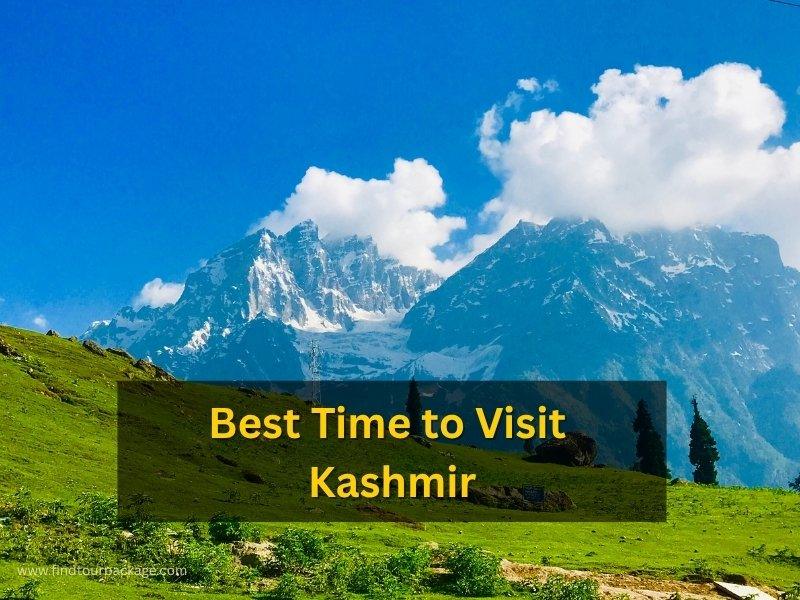
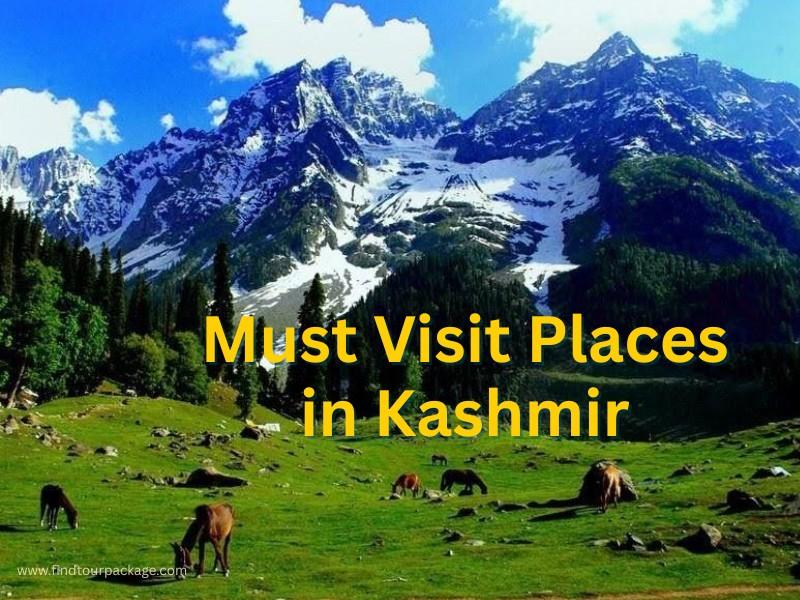
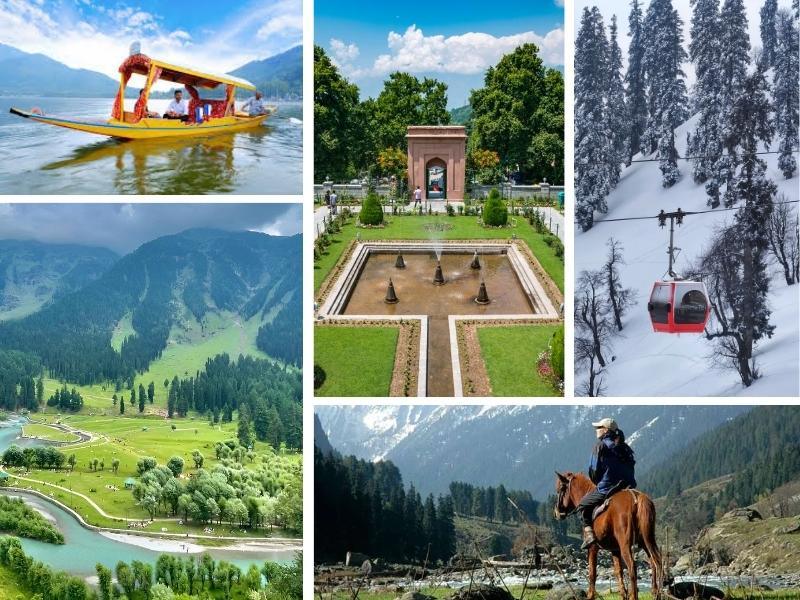
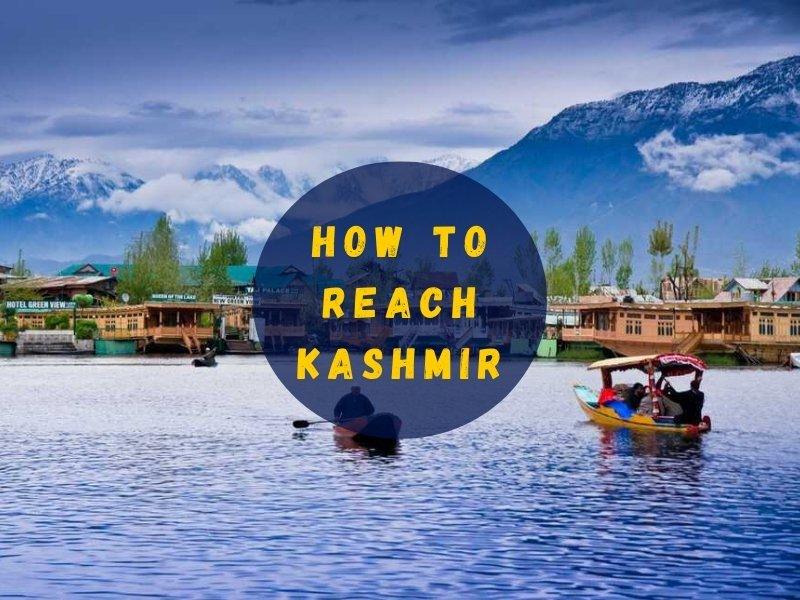

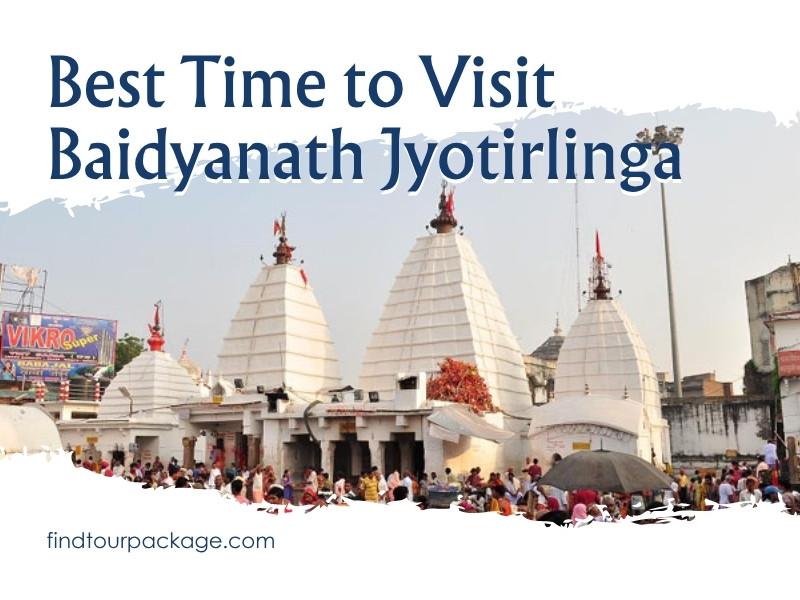
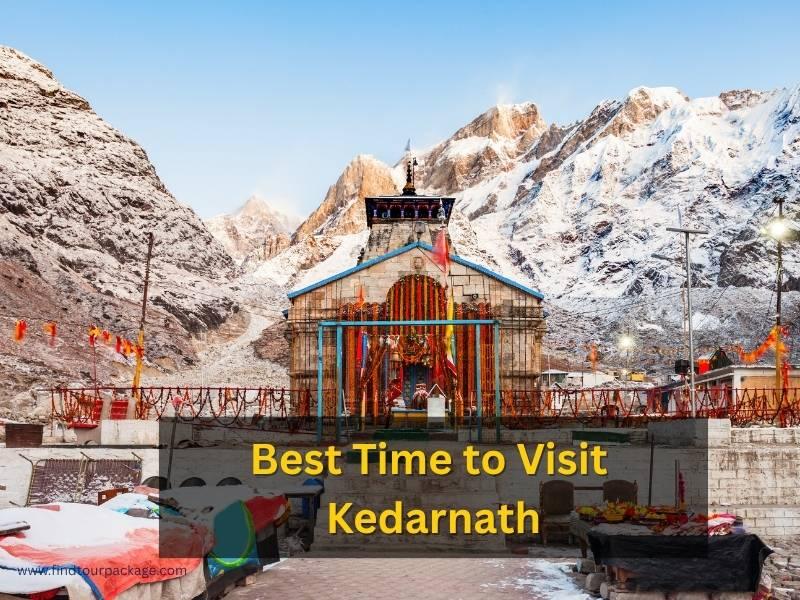



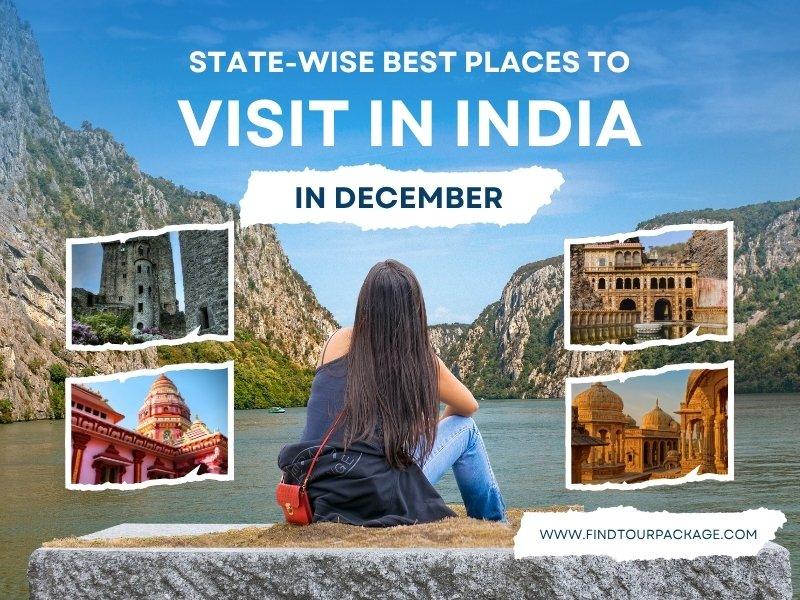

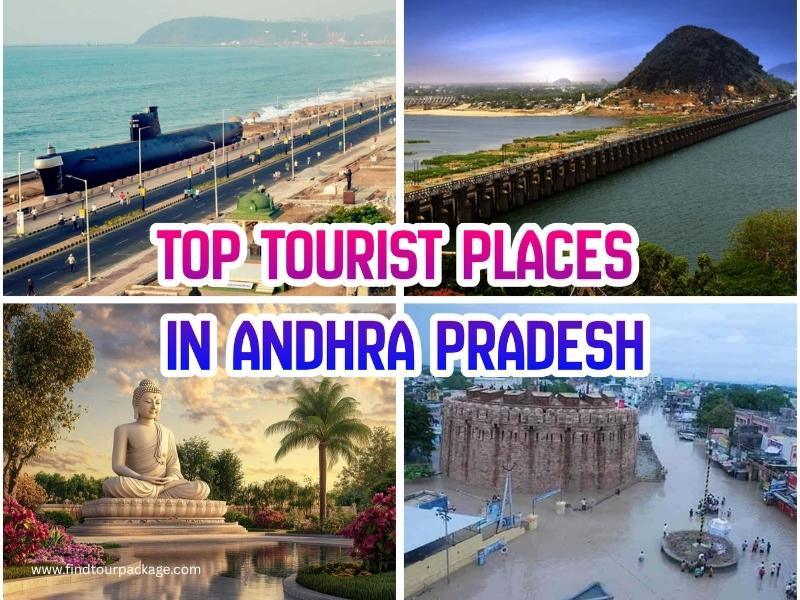
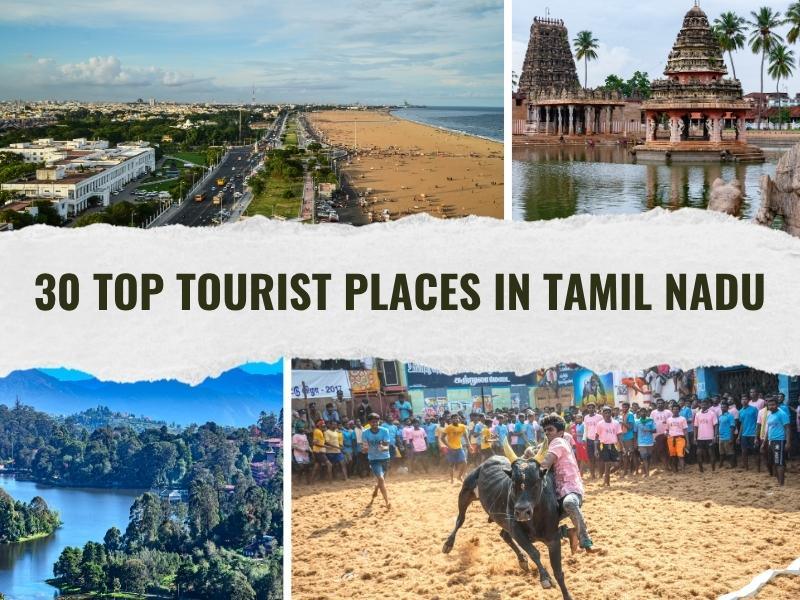

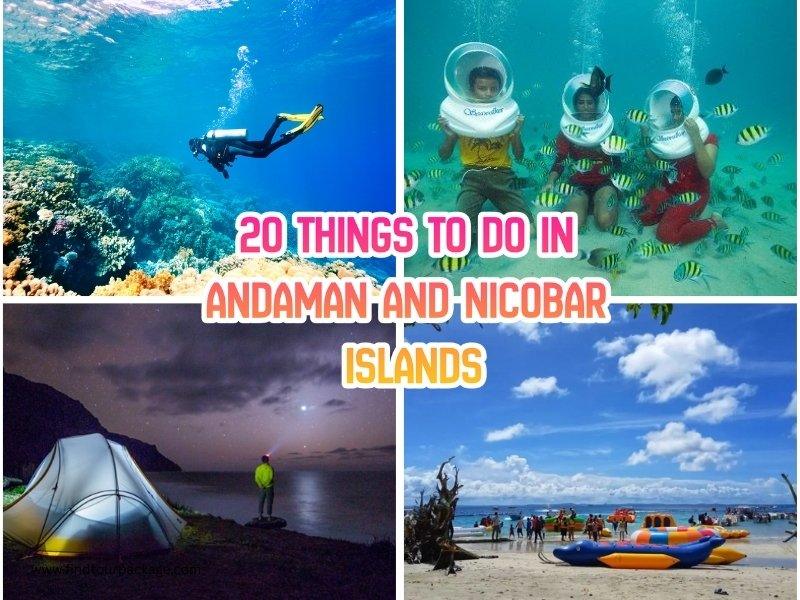

Leave a Comment